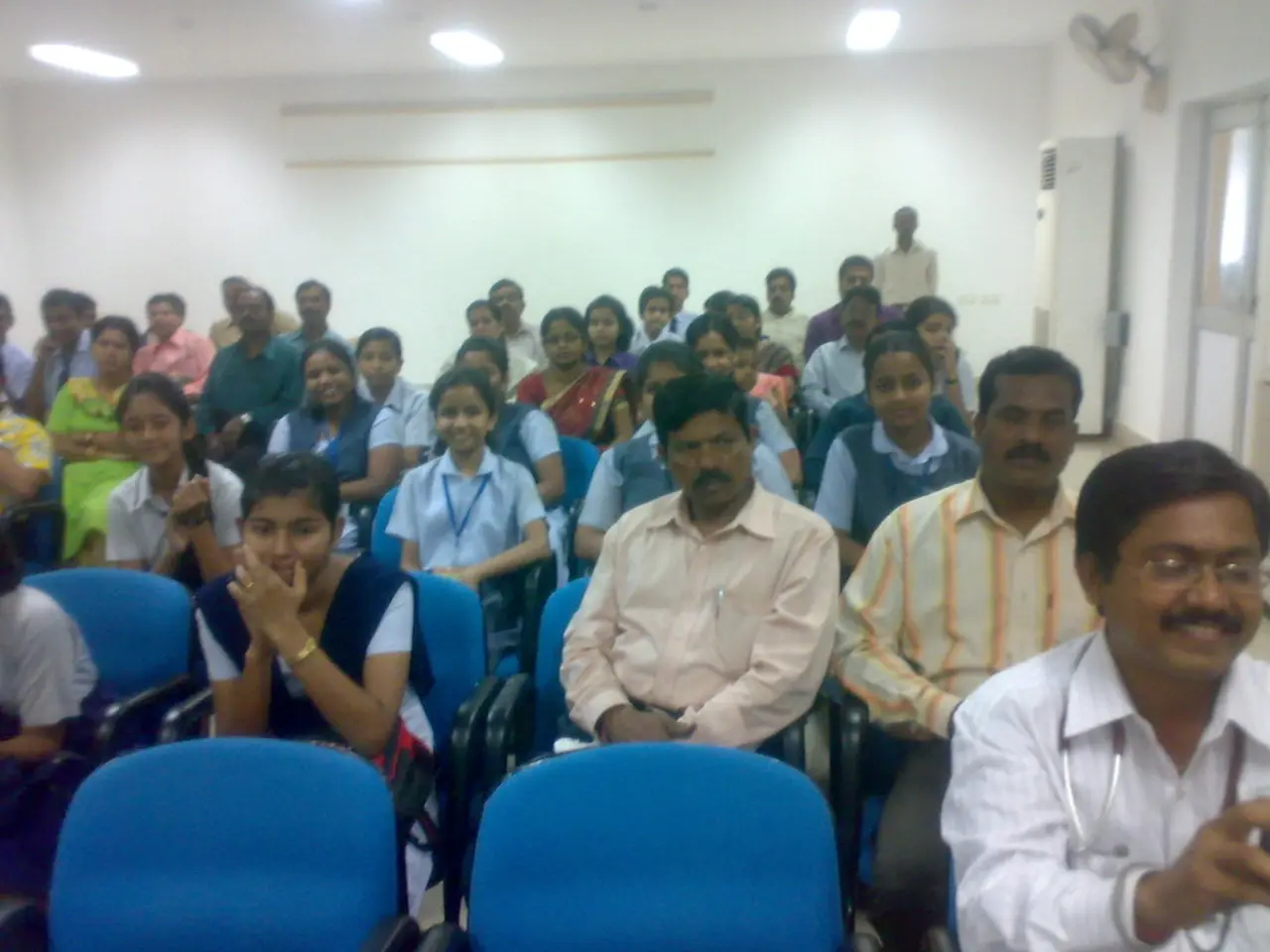Tech Heatwave Solutions: Strategies to Prevent Your Devices from Overheating
In the sweltering summer heat, keeping your machines cool is crucial to ensure optimal performance. This article outlines various strategies for effective hardware cooling management, focusing on active cooling methods, material choices, layout optimization, and regular maintenance.
Active cooling methods, such as fans and liquid cooling, play a significant role in maintaining a cool operating temperature. While external fans or air conditioning units can be effective in keeping machines cool, they may not be sufficient for high-performance hardware. In such cases, liquid cooling solutions offer a more efficient alternative, reducing temperatures by 20%-30% compared to air cooling.
Liquid cooling systems work by circulating coolant via pumps and heat exchangers, minimizing dust issues since the system is sealed. However, liquid cooling requires regular monitoring of coolant levels, checking for leaks, and occasional flushing to prevent corrosion or algae growth.
Air cooling, on the other hand, relies on fans that move ambient air across heat sinks or components. While it is simpler and cost-effective, air cooling requires more frequent cleaning due to the accumulation of dust, hair, and debris on components, reducing cooling efficiency and increasing failure risk.
To maximize cooling effectiveness, consider the following key strategies:
- Material selection: Use heat sinks made of aluminum or copper for superior heat conductivity.
- Thermal interface materials (TIMs): Employ high-quality TIMs to improve heat transfer between components and heat sinks.
- Component layout: Arrange components to create natural airflow paths and avoid hotspots.
- Heat pipes and advanced conduction designs: Use heat pipes to transfer heat away from hot spots efficiently.
- Thermal simulation and design tools: Utilize software like ANSYS or SolidWorks to model heat flow and identify potential issues during the design phase.
- Ventilation and airflow design: Ensure enclosures have adequate ventilation and airflow, optimizing fan placement or air channels to increase cooling capacity.
- Real-time thermal monitoring: Integrate temperature sensors to trigger cooling adaptations as needed.
For dust control, preventive measures include using dust filters on air intakes, designing enclosures for easy cleaning access, and scheduling regular maintenance cleanings.
In summary, hybrid approaches often work best: liquid cooling for critical high-heat components combined with well-designed airflow and dust management for the overall system, tailored to the specific environment and hardware demands.
Additional tips include optimizing airflow by keeping devices in a well-ventilated environment, avoiding enclosed areas, and using stands and desk mounts to keep computers off the floor. Encouraging as much airflow in and around machines can help them perform better.
For more heavy-duty machines and server rooms, advanced cooling methods like liquid cooling may be necessary. Regular cleaning of home or workspace can help prevent dust from being kicked up and overheating hardware. Dust in the air can restrict airflow in machines and lead to overheating.
In conclusion, by implementing these strategies, you can ensure that your machines remain cool and perform at their best, even in the heat of summer.
- Incorporating technological advancements, like liquid cooling, into home-and-garden environments can provide efficient solutions for maintaining a desired lifestyle, especially during hot summer days, as they reduce temperatures by 20%-30% compared to air cooling methods.
- To create a conducive lifestyle for tech enthusiasts, investing in home-and-garden devices with effective thermal management systems, such as improved cooling solutions and dust control measures, will help ensure these devices perform optimally even in challenging conditions.





